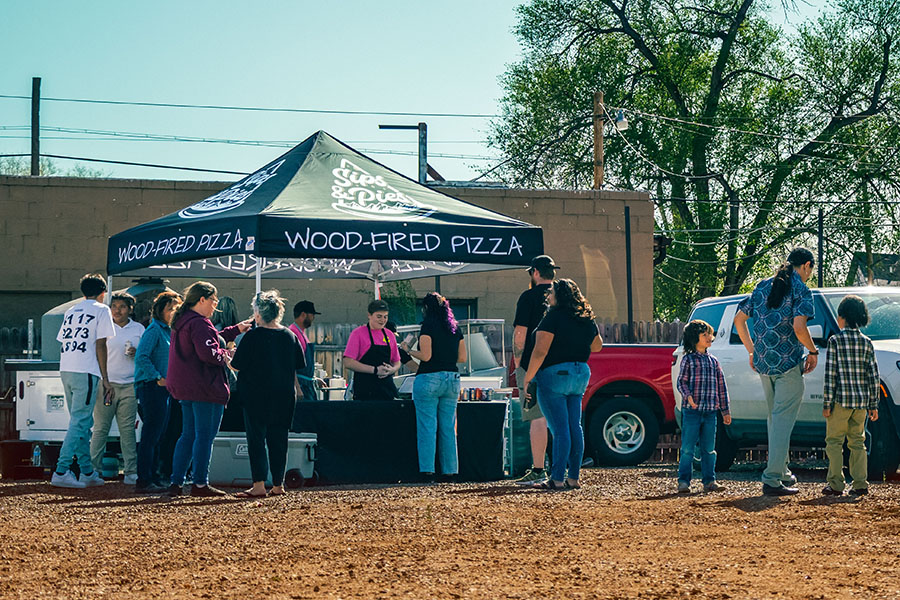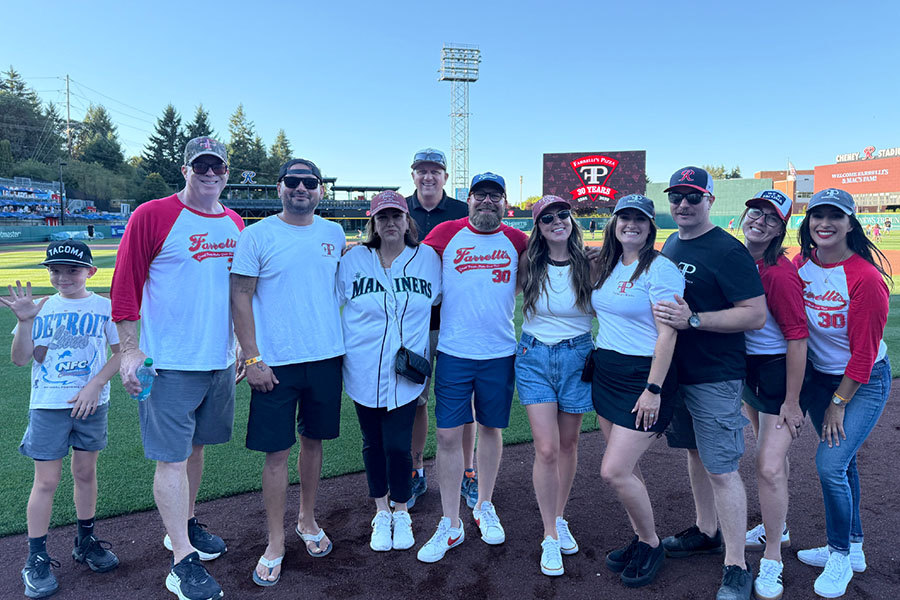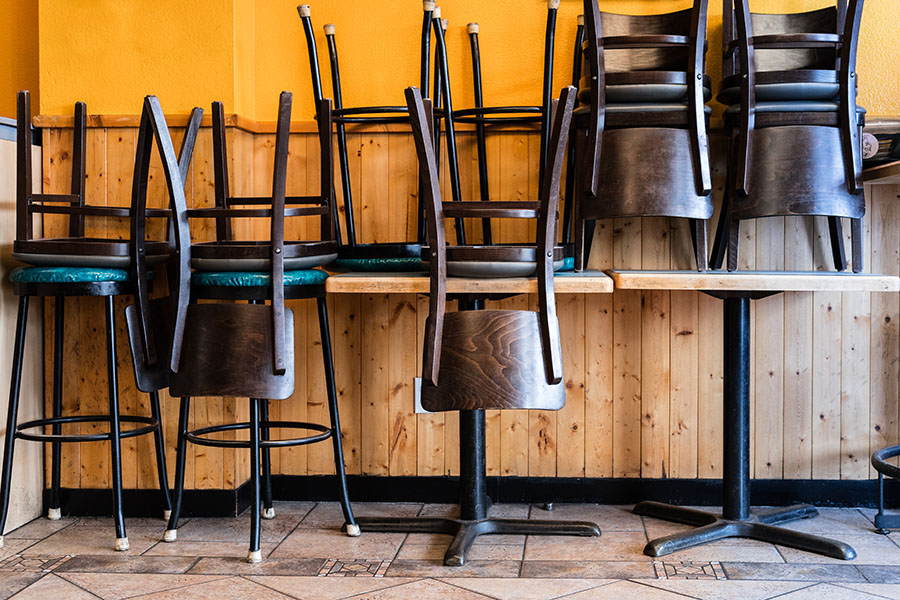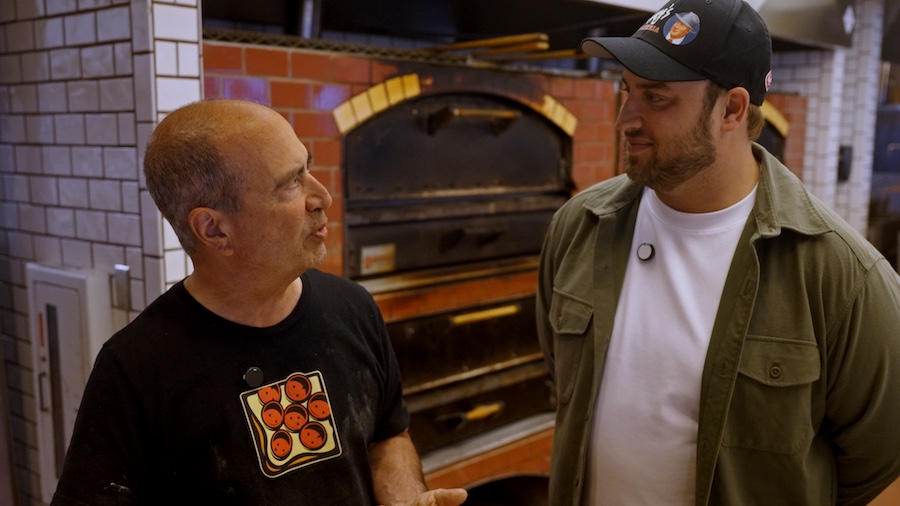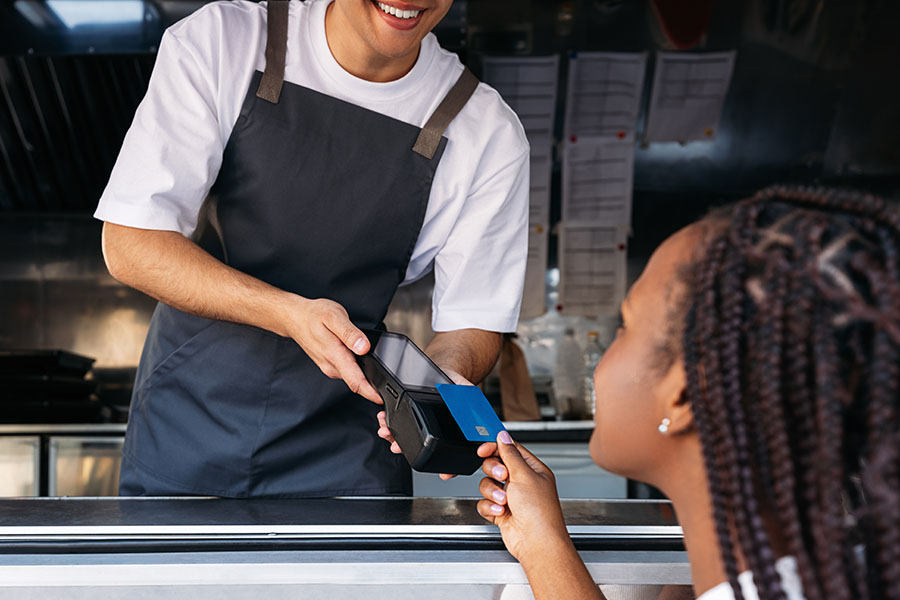(Editor’s note: This is the 13th installment in a series about opening a mobile pizzeria by Jason Cipriani, co-owner of Sips & Pies. You can read the other articles here.)
Throughout the process leading up to opening day – from picking a trailer to getting licensed and insured – we purposefully didn’t approach any local business owners to ask if we could use their parking lot or facilities to sell pizza.
Once we were licensed, however, the hunt was on. Truth be told, we didn’t have to look very far to find two locations we’re happy with. Although, we’re open to (and plan on) exploring other options in the future.
Lucky Locations
So far, we’ve set up at two different locations. One is an empty lot next door to where my wife works. Her boss was kind enough to offer us the space to use whenever we want, free of charge. We had a great turnout and reception from the local neighborhood at this location.
However, the lot is located in the city, which effectively doubles the tax rate. If you read my column about pricing, you may remember that we include taxes in our listed prices, making tax rates important to keep in mind.
To use the empty lot, we had to provide the property owner with proof of liability insurance for Sips & Pies and have them sign an agreement required by our local government stating we have permission to use the space.
The second location we’ve been using is a place I’m familiar with; it’s the same exact spot where I operated my drive through coffee shop over 20 years ago. The small building we had placed there was relocated years ago (leaving a literal imprint from a paving job that occurred while it was still in place).
It’s only a couple of miles down the road from us, outside city limits with a lower overall tax rate, has power running to the nearby light pole to power our prep station, is next to a busy highway with easy access, and the businesses in the shopping center drive a lot of traffic.
The only problem? We didn’t know the current owner of the shopping center. After asking around, we discovered not only who he was, but that he’s a longtime friend of the family. A couple hours later, I was on the phone with him, getting permission to use the spot and electricity connection whenever we want.
As a form of payment, I offered to make him a few pizzas each time we set up. He’s yet to come by when we’ve been there, however. He also signed the same agreement showing we have his permission to use the property.
Both locations we’ve relied on so far happened somewhat organically, and for that, we’re fortunate.
That said, several months prior to opening, we were in talks with a local brewery to have our grand opening there. They told us they wouldn’t charge us anything to set up, nor did they want a cut of our sales. They just wanted their customers to have food available.
Fast-forward to us being ready to do a grand opening and, well, they’ve added a kitchen to their brewery and have stopped working with food trucks. So it goes, I guess.
Food Truck Groups and Unions
Over the past few months, a local food truck group has approached us on a few occasions and asked us to join. We’ve yet to do so.
Part of the reason is there’s a $100 membership fee, and then you’re required to pay $50 each time you set up at one of their events. Their main event takes place once per week at a local park, with a rotation of fellow food trucks and vendors.
One piece of advice that stuck with me from Pizza Expo 2025 was to avoid joining any food truck groups that charge fees. Instead, once you get into a routine of setting up at various local events, you’ll begin to network, and more opportunities will develop.
And so, my wife and I decided that – at least for the near term – we don’t plan to join any food truck unions or groups. We’re happy with going it on our own, for now.
Ask for Municipal Guides
I wasn’t aware until right before our first service that our municipality has a map showing where food trucks can and can’t be set up.
Not only is there a color-coded Mobile Food Vendor Location Restrictions map, but I also have to reference the city’s Zoning Map to identify the specific zone we’ll be in, and include that detail on the permission slip we need signed. It’s a little confusing to navigate either map, so you might need a decoder ring.
To be clear, I only need to reference these maps when I’m operating in city limits. In the surrounding county, which is where I live and our second location is, we don’t have to worry about it at all.
I’m not sure how other municipalities decide where mobile food vendors can and can’t set up, but I encourage you to ask if your location has a zoning or restriction map for food vendors.
JASON CIPRIANI is the owner of Sips & Pies, a mobile wood-fired pizzeria serving Neapolitan-inspired pizza, in Colorado.
